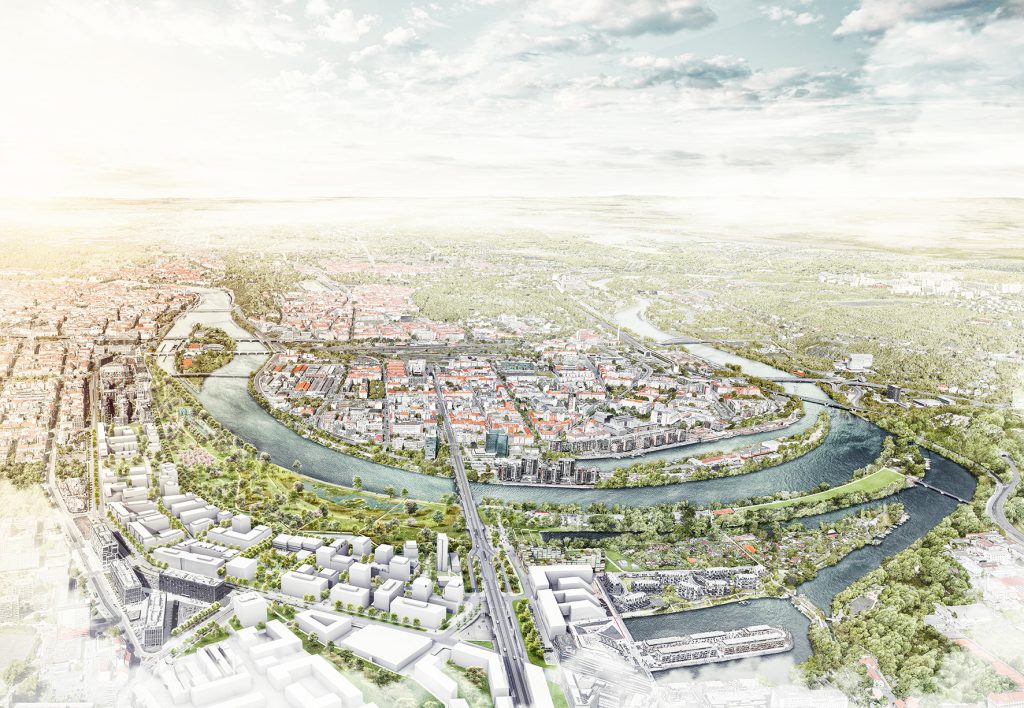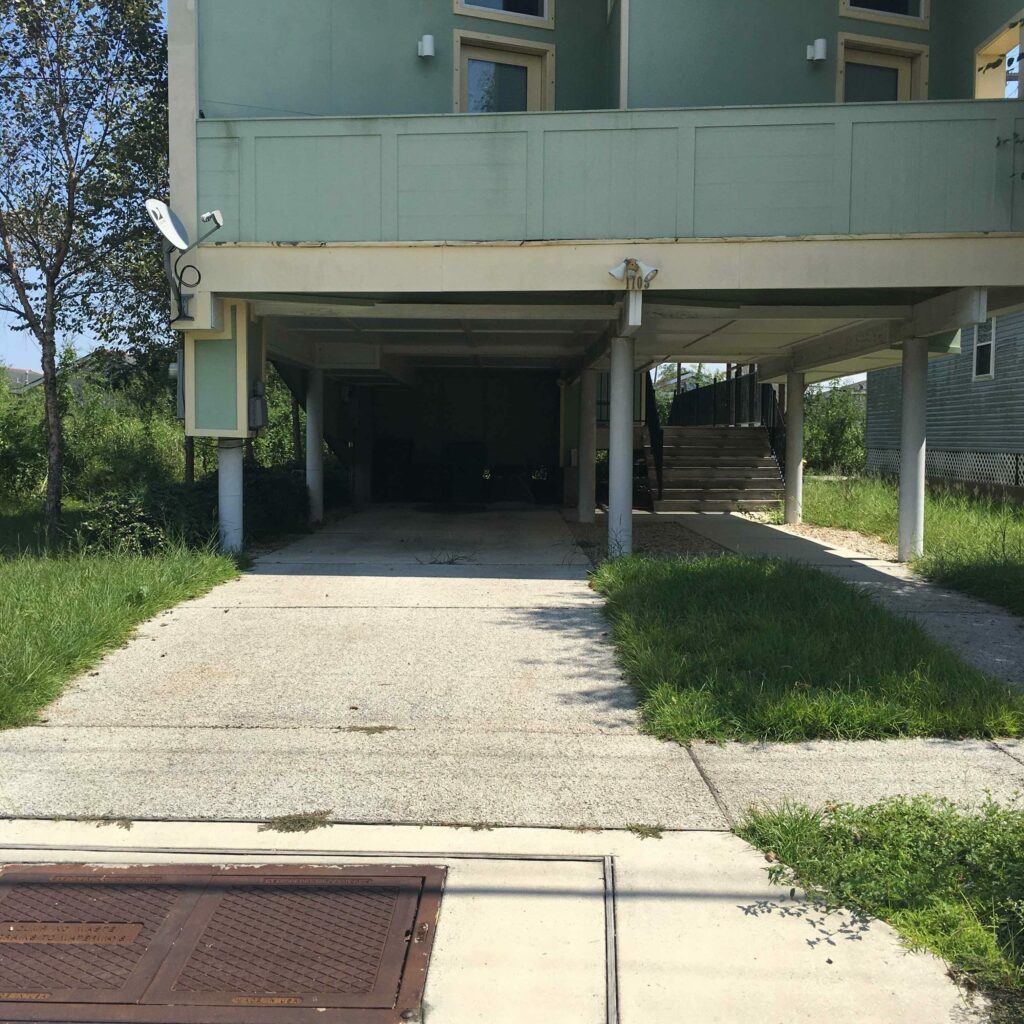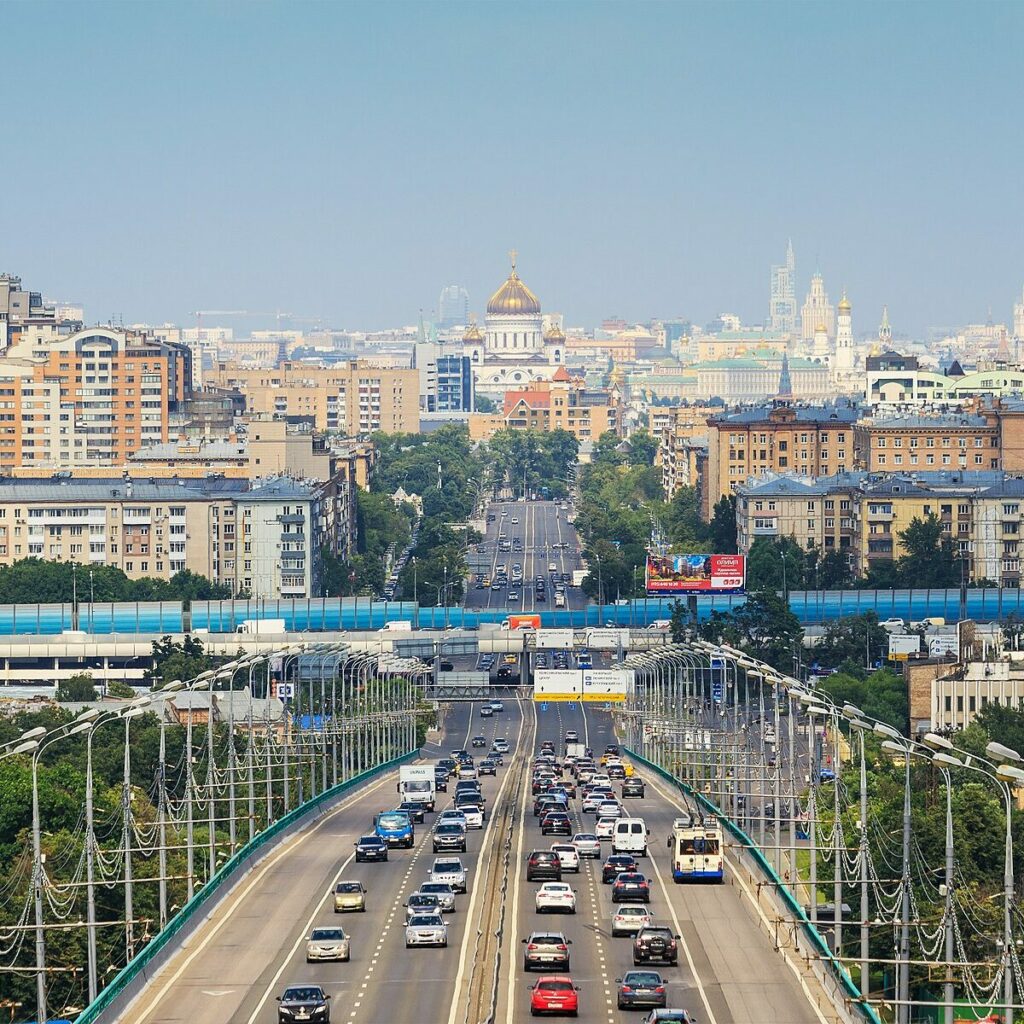
As a project from LSE Cities has shown, the value of “super-diverse streets” is often wilfully overlooked by the municipal authorities tasked with planning their future.
Billboard
Skyscrapper
Halfpage
As a project from LSE Cities has shown, the value of “super-diverse streets” is often wilfully overlooked by the municipal authorities tasked with planning their future.
The South London borough of Southwark has experienced rapid gentrification in the past decade, a fate for which its municipal council has received plenty of criticism.
Much of the attention has centred on the area around Elephant and Castle, where, following years of likely deliberate under-maintenance, the council successfully sought the demolition of the Heygate Estate and subsequently sold the land to property developers Lendlease, who then replaced the estate’s 1,200 social homes with mostly market rent properties and only 82 social homes.
A somewhat less familiar but no less significant episode in the council’s ongoing policy to impose top-down regeneration on long-established working-class neighbourhoods revolves around the Rye Lane shopping street in Peckham.
As documented in a recent project led by Suzanne Hall for LSE Cities, Rye Lane is a street that is densely packed, with an incredibly rich network of micro-economies occurring at several scales.
At street level, there is a wide range of different shops, catering to the neighbourhood’s diverse community: barbershops mingle with butchers and grocers, takeaways with restaurants and bars.
Then, at shop-level, things get even more interesting. As one of the reports that arose from the project explains, many shops cannot be defined by a particular retail type and “it is not atypical to find hats, mobile phones, groceries and fresh meat and/or fish all arranged within one long interior”.
Furthermore, some shops are maintained by a single lease holder but inside support several other separate businesses each with a separate till point. As the report explains, demarcations of space range from counter level differentiation, to floor-to-ceiling dry walls, depending on the level of privacy required.
While these arrangements are often mediated by close kinship and ethnicity networks, in several instances, the diversity of goods is also reflected in the diversity of retailers, “one can find a money remittance area run by a proprietor originally from Uganda, adjacent to a seamstress from Ghana, adjacent to a mobile phone and fabric outlet run by a proprietor from Pakistan.”
Medium Rectangle
Halfpage

This remarkable arrangement delivers the kind of capacity utilisation that companies like Uber and Airbnb can only dream about, with layouts morphing as different businesses expand and contract. In these circumstances, Rye Lane shops are, according to Hall, in the remarkable situation of paying more in business rates per square metre than the shiny new Westfield shopping centres.
And yet, the report suggests that this has all gone completely unnoticed by the municipality:
In formulating a regeneration vision for the street, the expertise within the borough has drawn on planning and economic conventions, highlighting large sites adjacent to the street for market-led development, proposing an expanded offer on cafes and restaurants, as well as increasing chain and franchise retail.
As Hall concludes, the borough was carrying on as if Rye Lane’s economic and cultural diversity was “somehow invisible to those undertaking the planning exercise”. What’s worse, the she found out from an officer of the borough, the municipality had not carried out any research into the existing retail activity.
It’s a story that is repeated again and again in top-down urban redevelopment: cultural, social and even economic value get overlooked because of a dominant idea of what success is supposed to look like and a lazy lack of interest in the places deemed in need of regeneration.












